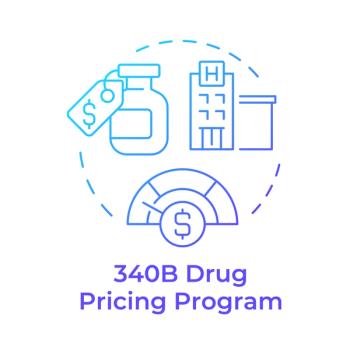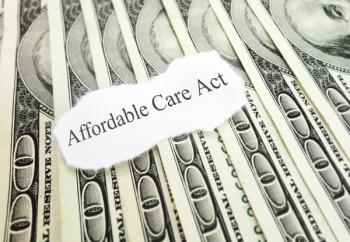
Medicaid Redetermination: 5 Reasons Why Texting is Essential for Reaching Members Before It’s Too Late
The average person checks their phone 58 times a day, so there is a good chance that a text message will be read.
When the U.S. public health emergency created by COVID-19 eventually comes to an end, millions of Americans are at risk of losing their healthcare coverage. A
The climate and tax bill that Sen. Joe Manchin has agreed to may extend the ACA premium subsidies. So, let’s focus on the Medicaid provision. Recertifying Medicaid members (aka redetermination) hasn’t been required since early 2020, so health plans have a lot of work ahead of them to ensure as many of the current
An easy and effective way to engage with members is through text messaging campaigns. Texting in healthcare is an extremely powerful – yet often underutilized – communication tool, and something Medicaid plans should consider doing more of in the coming months.
Clearly, texting has become ubiquitous. In 2021,
Beyond that, here are five reasons why texting campaigns should be essential components of any communications campaign for Medicaid redetermination:
1. Manageable regulatory risk
No one wants to receive unsolicited text messages, or “spam texts.” But when done correctly this type of texting shouldn’t fall into that category. Multiple exemptions cover healthcare messages, including a conditional exemption for messaging from healthcare providers that have obtained prior consent and an exemption for immediate exigent healthcare messages, such as recertification deadlines. In addition, in 2021 the Supreme Court ruled that Facebook did not violate the Telephone Consumer Protection Act when it used automated text messages to send security alerts to a targeted list of consumers’ cell phones. This
2. Action oriented
Text campaigns can conveniently and effectively communicate a call to action to members.
For Medicaid redetermination, the calls to action can be as simple as notifying members of upcoming deadlines, providing a link or instructions to update their contact information or giving them a phone number to call if they have any questions. Thiscould be the first part of a larger multi-channel campaign to educate members on Medicaid redetermination, help them understand why they need to take steps to retain their eligibility, and connect them to support.
3. Engaging and referred
Cell phones are an essential part of most people’s daily lives. With the average person checking their phone
Many people also prefer this form of communication. Texting has been shown to be an especially effective way to communicate with patients during the COVID-19 pandemic. According to a
4. Health equitable
Low-income members may struggle with housing insecurity, making traditional mail communications difficult if their address changes. Fortunately, cell phone numbers don’t change as frequently since they can be ported, giving health plans an easy and reliable way to stay in contact with members. Wireless local number portability has been widely available in the U.S. since
The
5. Cost effective
Traditional direct mail is still a necessary part of campaigns when hard-copy paperwork must be completed. This may be applicable for Medicaid redetermination in some U.S. states where the actual certification needs to be manually completed and mailed. However, text messaging is an effective and cost-effective communications medium. Direct mail requires printing and shipping budget, and sometimes a mailer may not even reach the intended recipients if they moved or if the sender had inaccurate or outdated address information. Email campaigns are cost effective but are not as successful as text campaigns. The
Texting has uses in healthcare beyond Medicaid redetermination and with significant changes to Medicaid eligibility on the horizon, its importance as an effective member engagement tool cannot be understated. Texting has previously been shown as a successful way to engage communities in vaccinations, quickly share public health information, send appointment reminders and even drive medication adherence.
Regardless of socioeconomic or housing status, most Americans have a cell phone. Reaching and engaging underserved populations has historically been challenging. Managed care organizations should absolutely consider utilizing text messaging as part of comprehensive, multi-channel healthcare communication campaigns. It is through this simple, efficient, and cost-effective medium that we have the potential to help people across the U.S. retain their much-needed health coverage.
Newsletter
Get the latest industry news, event updates, and more from Managed healthcare Executive.






















































